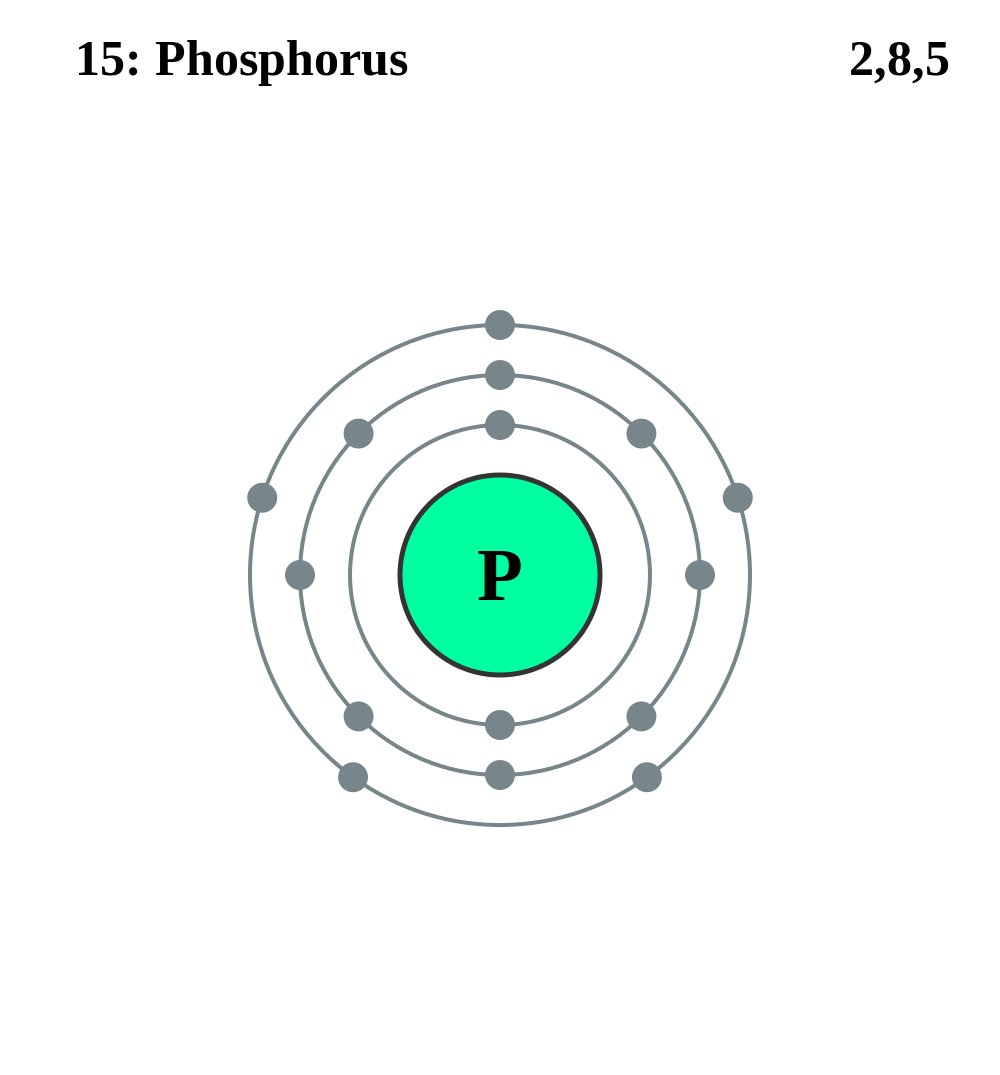Phosphorus is essential for all living organisms. So, it’s not surprising that humans get their phosphorus from other living organisms, mostly plants, that have absorbed phosphorus from the soil.
The introduction of phosphate fertilizers made it possible to ensure that enough phosphorus for healthy plant growth is available in practically any farmland soils. At first, farmers had access to phosphate fertilizers from bone ash and later from phosphate deposits accumulated from bird and bat guano on certain tropical islands (some of which deposits were 30 feet deep before they were mined and completely exhausted). More recently, phosphates have come from mining rocks rich in phosphorus.
All seemed well for the long term as supplies of the rock phosphates were thought to be hundreds of years at current rates of consumption. But a group of researchers upended the consensus in 2009 forecasting that phosphate production could peak as early as 2030. A peak wouldn’t be the end of phosphate production. But it would mark the beginning of an ongoing decline in phosphorus available from mines. This would come as a shock to a world food system accustomed to consistently rising phosphorus supplies needed to feed a growing population.
There are ways to recycle the phosphorus we eat, primarily through the sewage sludge from municipal sewage systems. But one of the easiest and most beneficial ways is building soil using compost. Crop residue, animal manure and human food wastes are important sources for such compost. It’s an old idea that is finding it’s way back into our modern agriculture.
In fact, one of the most important factors in the availability of phosphorus in any soil is the healthy presence of vast colonies of microorganisms that free phosphorus from its inorganic chemical prisons and make it available to organic life. Compost is an excellent way to build such a microbiotic community.
The phosphorus issue has echos of a previous revolution in chemical fertilizer: the discovery of the Haber-Bosch process. The process allows the extraction of nitrogen from the atmosphere (where it makes up nearly 80 percent of the air) to manufacture ammonia, the basis for nitrogen fertilizers today.
Just how important is the Haber-Bosch process? One author explains:
If every farmer in every country on every continent in the world used every inch of fertile land, sprinkled their fields with natural fertilizers, meticulously rotated their crops, and convinced everyone to eat a vegetarian diet, they could feed about four billion people.
These ideal conditions are unlikely to prevail and so the number would likely be smaller if we were unable to produce synthetic nitrogen fertilizers. Of course, the world population today is around 7.7 billion.
The point is that we’ve built a food system that relies on one fertilizer input which is finite in its supply, phosphate rock, and another that has terrible environmental side effects:
This excess nitrogen has caused an overgrowth of algae that clouds the water and chokes off oxygen and sunlight to other species, like fish and mollusks. Algal overgrowth has killed streams, lakes, and coastal ecosystems across the northern hemisphere. And it’s not just the fish that are dying. The birds that eat the fish are dying, too. Synthetic nitrogen pollution isn’t limited to the waters; it’s also entered the air and come back to earth as acid rain, further damaging lakes, streams, and forests as well as the animals that depend on them.
But it gets worse. Over time synthetic nitrogen fertilizers actually undermine soil fertility by stimulating microbes that consume organic matter in the soil. The greater growth resulting from the fertilizer doesn’t create enough crop residue (plowed back into the soil to add carbon) to make up for this loss.
Synthetic nitrogen use, they [the researchers] argue , creates a kind of treadmill effect. As organic matter dissipates, soil’s ability to store organic nitrogen declines. A large amount of nitrogen then leaches away, fouling ground water in the form of nitrates, and entering the atmosphere as nitrous oxide (N2O), a greenhouse gas with some 300 times the heat-trapping power of carbon dioxide. In turn, with its ability to store organic nitrogen compromised, only one thing can help heavily fertilized farmland keep cranking out monster yields: more additions of synthetic N.
The industrial model applied to farming in order to help feed the world actually turns out to be a path to decline for human populations by undermining the soil and the ecosystems we depend on for our survival.
Rediscovering old ways to make the soil fertile is not a solution to feeding more than 7 billion people as we do today. It is only a partial solution. The way we eat, the amount we waste, what we eat (more and more meat, for instance), all require examination.
The other painful truth is that we may need to reduce population. Some demographers tell us that human population will peak at mid-century and then gently decline through 2100. Others say that population will continue to grow through 2100. Neither of them may be right if we as a civilization don’t figure out how to preserve the fertility of the soil. And, that’s before considering the effects of worsening climate change and other resource depletion including fossil fuels.
Image: Electron shell diagram for Phosphorus, the 15th element in the periodic table of elements. Pumbaa (original work by Greg Robson). Via Wikimedia Commons. https://commons.wikimedia.org/wiki/File:Electron_shell_015_Phosphorus.svg






